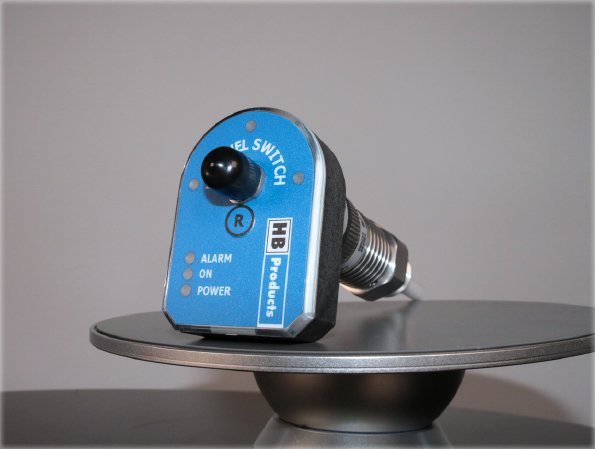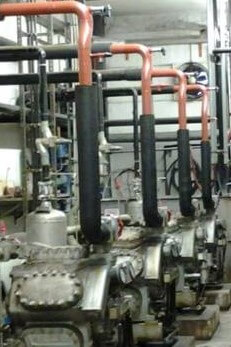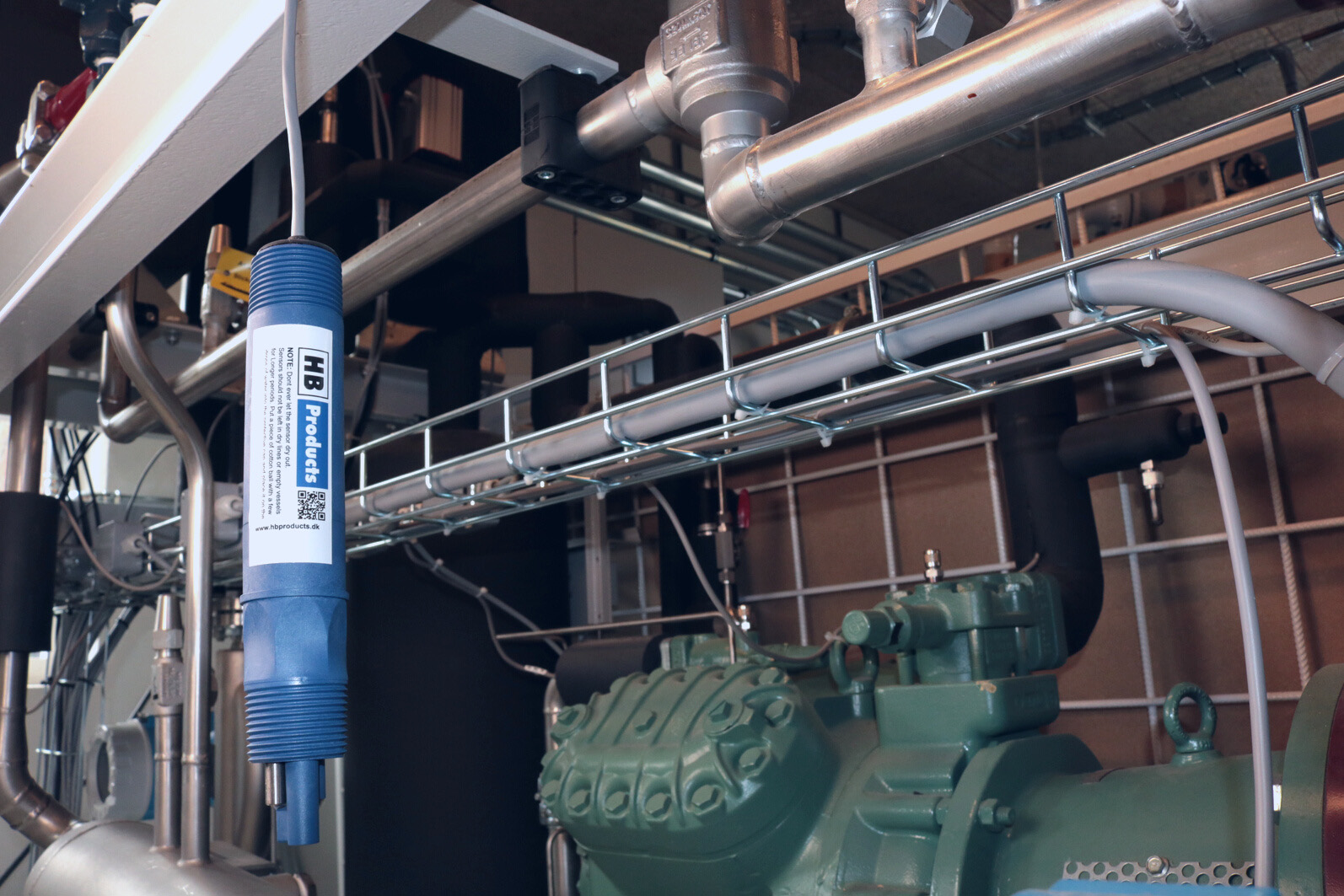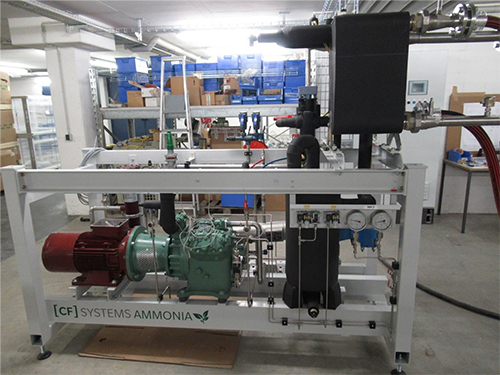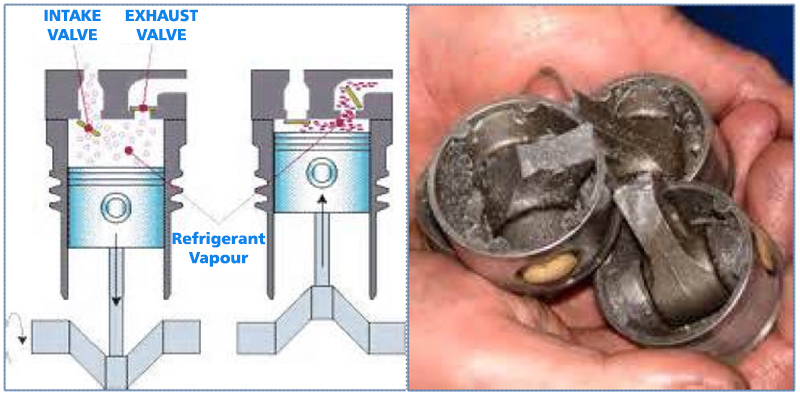Case leaking detection of CO2 into Ammonia
A SENSOR FOR LEAKAGE DETECTION OF C02 IN AMMONIA
Avoid a breakdown of C02/NH3 System
Anyone who designs and operates C02/NH3 systems in cascade should be aware of the dangerous consequences that may trigger a leak in the heat exchanger. If a leak occurs between the CO2 under high pressure and the low-pressure ammonia unit, the CO2 will run out of the ammonia unit and hence, turn into ammonium carbamate salts. This salt is very corrosive and hardens, which causes a system breakdown with consequential damages to a number of components. With the ammonium carbamate sensor, it is possible to monitor the release of ammonia on the heat exchanger. Even the weakest ammonia contamination by the C02 will cause an alarm.
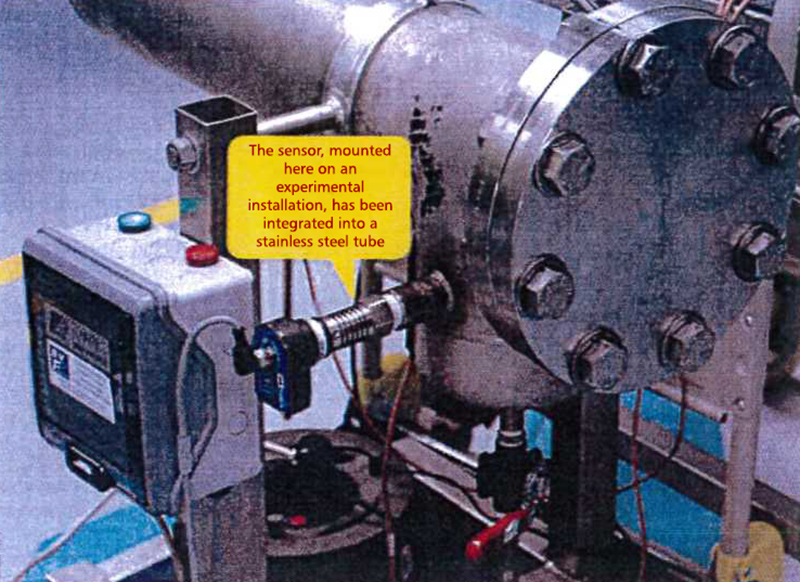
The FDC (FRONERI* Development Centre) in Beauvais relies on a new sensor distributed by US Reco for detecting the leakage of CO2 in NH3. Purpose: to avoid any production shut-down due to CO2 leakage in the NH3 in the ice cream and frozen products factories.
I wanted to make our NH3/C02 cascade installations safer, as the incidents related to CO2 leakage in the NH3 on the industrial sites are well-known”, recalls Frédéric Le Bronnec, refrigeration expert at Froneri in Beauvais.
In case of a leakage in the exchanger, a chemical reaction is caused that precipitates ammonium carbamates. The white salts may enter the liquid separator, clog the circuit and cause weeks of work stoppage.
In such cases, the only solution is to stop the equipment, clean the circuits and in the meantime, hire emergency refrigeration equipment. In case a leak is detected, the repair is rather easy because it doesn’t require a bypass system. It involvesa drainage from the equipment. It is a small thing compared to a complete equipment stoppage. The HB products sensor is easy to install and plays a preventive role. “The purpose of having an instrument capable of anticipating this type of leak allows you to react instantly. Using this sensor and the valves for inlet/outlet of the exchanger, we isolate this part of the unit and that prevents the contamination to the rest of the equipment”, continues Frédéric Le Bronnec. “The aim is to isolate the affected section in order to avoid a connected large scale contamination. The acid precipitate destroys the compressor at the flow phases as well as the expansion valve. The sensor reacts in the liquid or gaseous phase”, concludes Franck Buchner, Director BV Froid/BV Services, in charge of the tests.
Working Principle
The sensor measures the electrical resistance of a fluid. With respect to the elements in contact with the probe, its resistance may change or remain constant. If the resistance increases, the signal increases and triggers an alarm, “This technology can be used on diverse refrigeration applications. The complexity is in determining at what instance the change is significant”, says Cavaco, Technical Director of US Reco. Pre-calibration with respect to the tested fluids, varies from one type of installation to another.
Concluding tests
The Froneri in Beauvais site that manufactures ice cream for the French market, has two facilities operating an NK3/CO2 cascade. “We were interested to test this device, in challenging conditions and asses how will it coped during the test phase, I’ll will make a recommendation to the Froneri sites around the world that have NH3/CO2 equipment. It is perfect solution that can anticipate any stoppage of production which can be very expensive.”, mentions Frederic Le Bronnec, • EK
* Froneri was born at the end of 2016 as a joint venture between Nestle and RetR.
A polit test in France said,The ammonia is well-monitored, regulated and well-controlled by the professionals. To my knowledge, there are no other manufacturers who can supply this type of sensor. Since the technology is different from what we have had so far, the interest, as a technician, is to monitor the reaction of the sensor and its interaction with the equipment. This pilot testing in France allows us to distance ourselves a little from the technology. Some other tests are led in our Danish laboratories. Laurent Cavaco, Technical Director at US Reco
Download The PDF Article: Article case leaking detection of CO2 into Ammonia 01 ( pdf, 461 KB )


